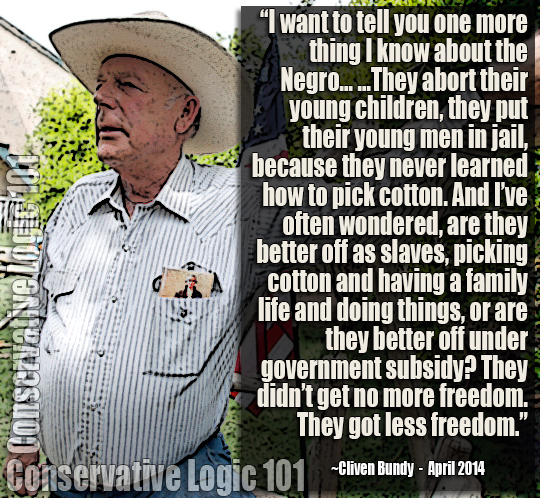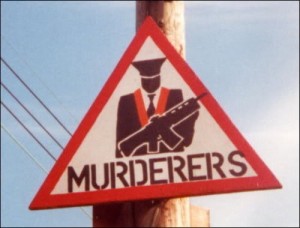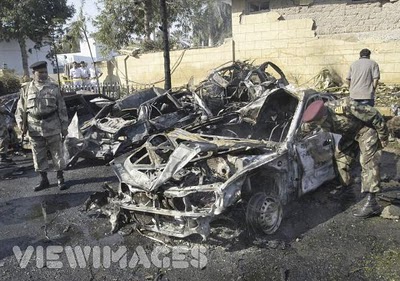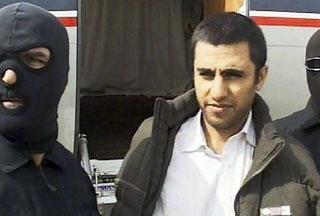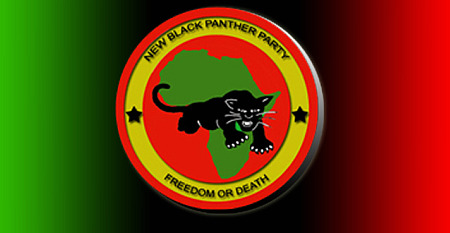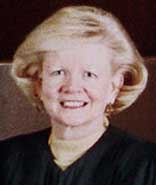Alex Constantine - January 15, 2008
" ... The Reagan government at the highest level therefore knew about the killings, but kept silent. ... "
Inter Press Service News Agency
January 15, 2008
Lucy Komisar*
 NEW YORK, Dec 5 (IPS) - There is irony in the recent announcement by Peru's President Alan García that he would publish the names of 1,800 "freed terrorists", so that people might recognise and report them if they were participating in anti-state conspiracies. His list includes people imprisoned on false charges or never convicted or sentenced.
NEW YORK, Dec 5 (IPS) - There is irony in the recent announcement by Peru's President Alan García that he would publish the names of 1,800 "freed terrorists", so that people might recognise and report them if they were participating in anti-state conspiracies. His list includes people imprisoned on false charges or never convicted or sentenced.
One name that is not on the list is that of Alan García. However, according to a declassified U.S. government document, García, during his first administration from 1985-1990, gave instructions to terror squads organised by his political party to assassinate suspected leftists. Victims included trade unionists and other civil society leaders.
The one-page document, written in late 1987, said that the party, APRA, and top government officials were running a secret paramilitary organisation. It said they were responsible for the attempted bombing of the El Diario newspaper, linked to the violent Maoist guerrilla group Sendero Luminoso, sent people to train in North Korea and may have been involved in executions. It made it clear that it believed that García was giving the orders.
For example, the report said, "Acting on García's instructions to retaliate for the October 2 assassination of an APRA leader, COSEPAP [a secret APRA branch] recently botched an attempted bombing of a pro-SL [Sendero Luminoso] newspaper." The attempted bombing happened on Oct. 2, 1987; though the report is undated, the reference to the bombing suggests it was written in October or November 1987.
The U.S. government document was written as a factual account, not as speculation. It appears in the files of the National Security Council (NSC), which advises the U.S. president on foreign policy. A reference to the paper was discovered in the presidential library of Ronald Reagan, U.S. president from 1981-88, and it was obtained after a request for declassification by this reporter.
It has been known for years that the APRA paramilitary Rodrigo Franco Command operated during García's first administration and that it engaged in assassinations of oppositionists. It was determined by the Truth and Reconciliation Commission, after the fall of repressive President Alberto Fujimori, that the Command was under the direction of García's interior minister, Agustín Mantilla. However, there was no assertion of direct links to García.
García in 2003 termed the existence of the Command "a fantasy". This reporter sent him the U.S. document and asked for a response, but he declined to comment.
Among the report's assertions:
"Peru's ruling APRA party is sponsoring secret paramilitary groups."
"The García administration operates a secret paramilitary organisation, perhaps several." APRA had a branch "codenamed COSEPAP (security and intelligence command)" that was "so compartmentalised that many APRA officials are unaware of its existence."
COSEPAP "reportedly has agreed to send 1,000 of its members to North Korea for training by 1989; about 300 have been there already."
"Close associates of President García -- APRA Senator Armando Villanueva and Alberto Kitasono, APRA organisational secretary -- apparently direct COSEPAP."
"García's vice interior minister, Agustín Mantilla, supervises a secret police force that is armed with interior ministry weapons." That has been widely known, and was reported by the Truth and Reconciliation Commission, which investigated violations of human rights that occurred in the 1980s and 1990s and filed its final report in August 2003.
Under a paragraph labeled "reports of executions", the report says, "Mantilla reportedly believes that APRA needs the capability to eliminate terrorists because of the judicial system's tendency to release them and police reluctance to kill captured SL militants." The last four lines of the paragraph are still classified and are blacked out.
The document said, "Although the paramilitary units appear now to act only against terrorists, the specter of APRA violence is unnerving García's political rivals. Opposition congressmen tried to censure the interior minister for his suspected role in the attempted kidnapping of a leftist congressman with alleged SL ties."
It indicated that APRA members of parliament were given some information about the paramilitary operations. It noted, "After García ordered that APRA congressmen be briefed about their party's 'self-defence' units, they used APRA's legislative majority to support the minister." And, with not a little irony, it added, "But García's reputation as a human rights crusader was tarnished."
"Exactly who in the armed forces knows what about the paramilitary squads is unclear," says the U.S. document. It explained, "The vice interior minister claims that army intelligence assisted his anti-terrorist squad even as the navy was investigating it."
The U.S. report's final assessment was that García's "vigilantism will further weaken his standing with the military and political opposition." The report added, referring to criticism by human rights groups, that "Military leaders probably are delighted by García's loss of the moral high ground, which lessens pressure on them to be concerned about human rights abuses. But those perpetual coup plotters in the military who are aware of APRA's sponsorship of paramilitary groups must also be aware these could be used to raise the costs of any attempted move against the regime."
At the time, in the late 1980s, the Coordinadora nacional de derechos humanos -- the human rights groups -- were documenting the frequent disappearances and extrajudicial executions of oppositionists. They criticised García for not exercising control over the military, which they accused of rights violations in the fight against Sendero. However, they did not accuse García of collaboration in the killings.
The document was not among the U.S. government papers provided by the George W. Bush administration to the Truth and Reconciliation Commission.
The document did not indicate the author or how the information was obtained. But four officials who had high positions at the time in the Latin America section of the White House's National Security Council or the U.S. embassy in Lima told IPS that the form and style of the document suggested that it was prepared either by the Central Intelligence Agency or by the State Department's Bureau of Intelligence and Research. All asked for anonymity.
One said, "Obviously they had some high-ranking inside source providing them this information." The NSC routinely received copies of such documents, which is why it appeared in NSC files. The Reagan government at the highest level therefore knew about the killings, but kept silent.
None of the people mentioned in the document has been charged or tried for their crimes. Several former leaders and members of the Rodrigo Franco Command have high-level jobs in the García administration.
*Lucy Komisar visited Peru during the first administration of Alan García and wrote about the human rights situation there. Her articles appear on http://thekomisarscoop.com.
http://ipsnews.net/print.asp?idnews=40354
